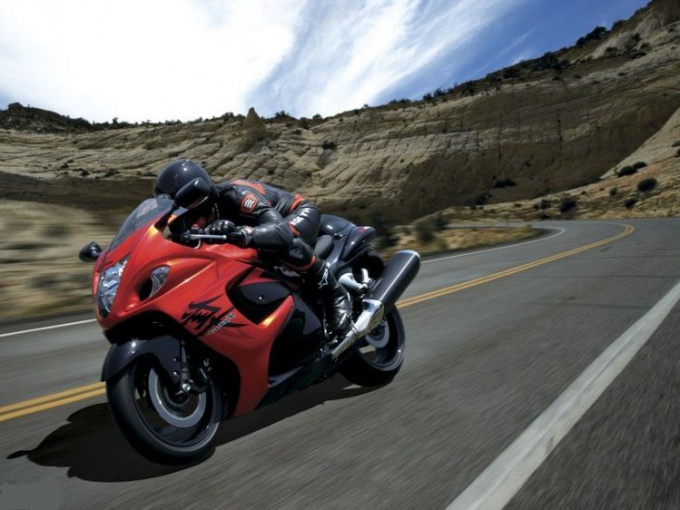Instruction
1
To determine the speed of uniform motion it is necessary to divide the length of the path travelled in the time it took this path:
v=s/t where:
v is the rate
s – length of the traversed path, and
t - time
Note.
Previously, all units should lead to the same system (preferably SI).
Example 1
Speeding up to maximum speed, the car traveled one kilometer in half a minute, then slowed down and stopped.
Determine the maximum speed of the car.
Solution.
After the acceleration the car was moving at maximum speed, it is the conditions of the problem can be considered uniform. Therefore:
s=1 km,
t=0.5 min.
Driven units of time and distance traveled to a single system of units (SI):
1 km=1000 m
0.5 min= 30 sec
So, the maximum speed of the car:
1000/30=100/3=33 1/3 m/s, or approximately: 33,33 m/s
A: maximum vehicle speed: 33,33 m/s.
v=s/t where:
v is the rate
s – length of the traversed path, and
t - time
Note.
Previously, all units should lead to the same system (preferably SI).
Example 1
Speeding up to maximum speed, the car traveled one kilometer in half a minute, then slowed down and stopped.
Determine the maximum speed of the car.
Solution.
After the acceleration the car was moving at maximum speed, it is the conditions of the problem can be considered uniform. Therefore:
s=1 km,
t=0.5 min.
Driven units of time and distance traveled to a single system of units (SI):
1 km=1000 m
0.5 min= 30 sec
So, the maximum speed of the car:
1000/30=100/3=33 1/3 m/s, or approximately: 33,33 m/s
A: maximum vehicle speed: 33,33 m/s.
2
To determine the velocity of a body in uniformly accelerated motion it is necessary to know the initial speed and rate of acceleration or other related parameters. Acceleration can be negative (in this case, it is, in fact, braking).
Velocity equals initial velocity plus acceleration multiplied by time. In a formula it is written as follows:
v(t)= v(0)+at, where:
v(t) is the velocity of the body at time t
v(0) is the initial velocity of the body
a – acceleration
t is the time elapsed since beginning of acceleration
Note.
1. Is meant motion in a straight line.
2. The initial velocity, as acceleration can be negative relative to the selected direction.
3. The acceleration of gravity usually taken as 9.8 m/S2
Example 2
With the roof down, threw a brick at a speed of 1m/s in 10 seconds, he floated to the ground.
Which was equal to the speed of the brick at the time of landing?
Solution.
Since the direction of the initial velocity and free fall acceleration are the same, the speed of the brick at the surface will be equal to:
1+9,8*10=99 m/s.
Air resistance in problems of this kind, as a rule, not taken into account.
Velocity equals initial velocity plus acceleration multiplied by time. In a formula it is written as follows:
v(t)= v(0)+at, where:
v(t) is the velocity of the body at time t
v(0) is the initial velocity of the body
a – acceleration
t is the time elapsed since beginning of acceleration
Note.
1. Is meant motion in a straight line.
2. The initial velocity, as acceleration can be negative relative to the selected direction.
3. The acceleration of gravity usually taken as 9.8 m/S2
Example 2
With the roof down, threw a brick at a speed of 1m/s in 10 seconds, he floated to the ground.
Which was equal to the speed of the brick at the time of landing?
Solution.
Since the direction of the initial velocity and free fall acceleration are the same, the speed of the brick at the surface will be equal to:
1+9,8*10=99 m/s.
Air resistance in problems of this kind, as a rule, not taken into account.
